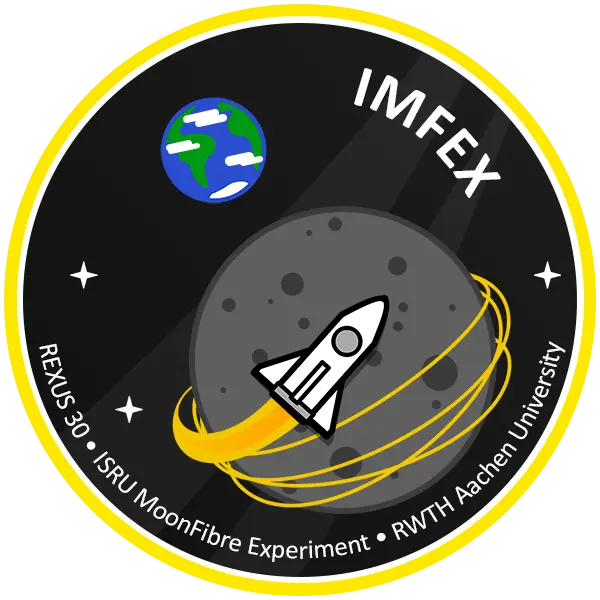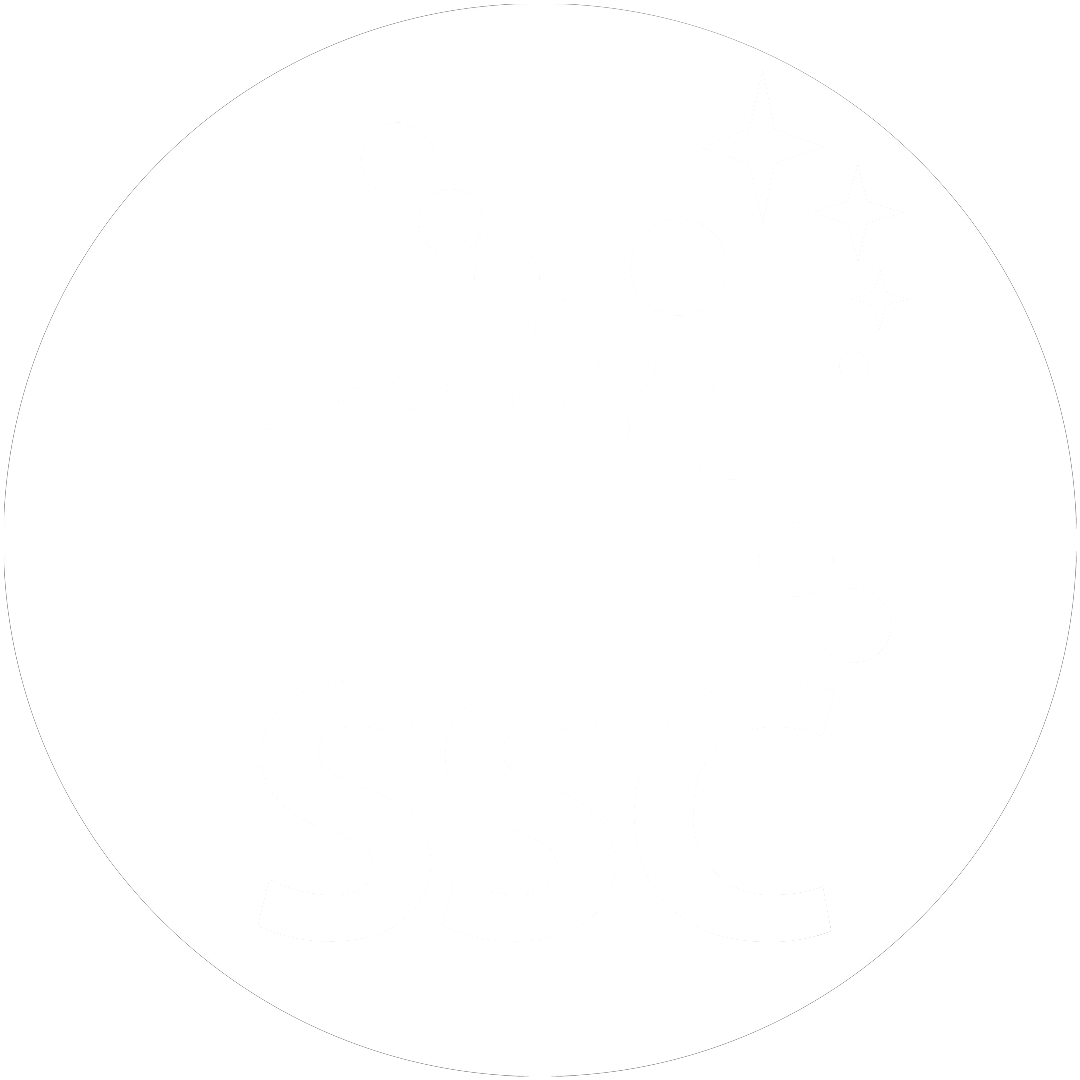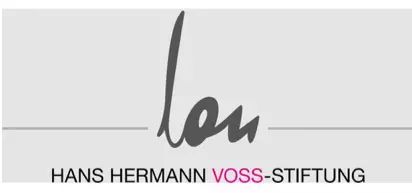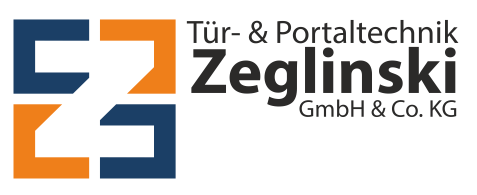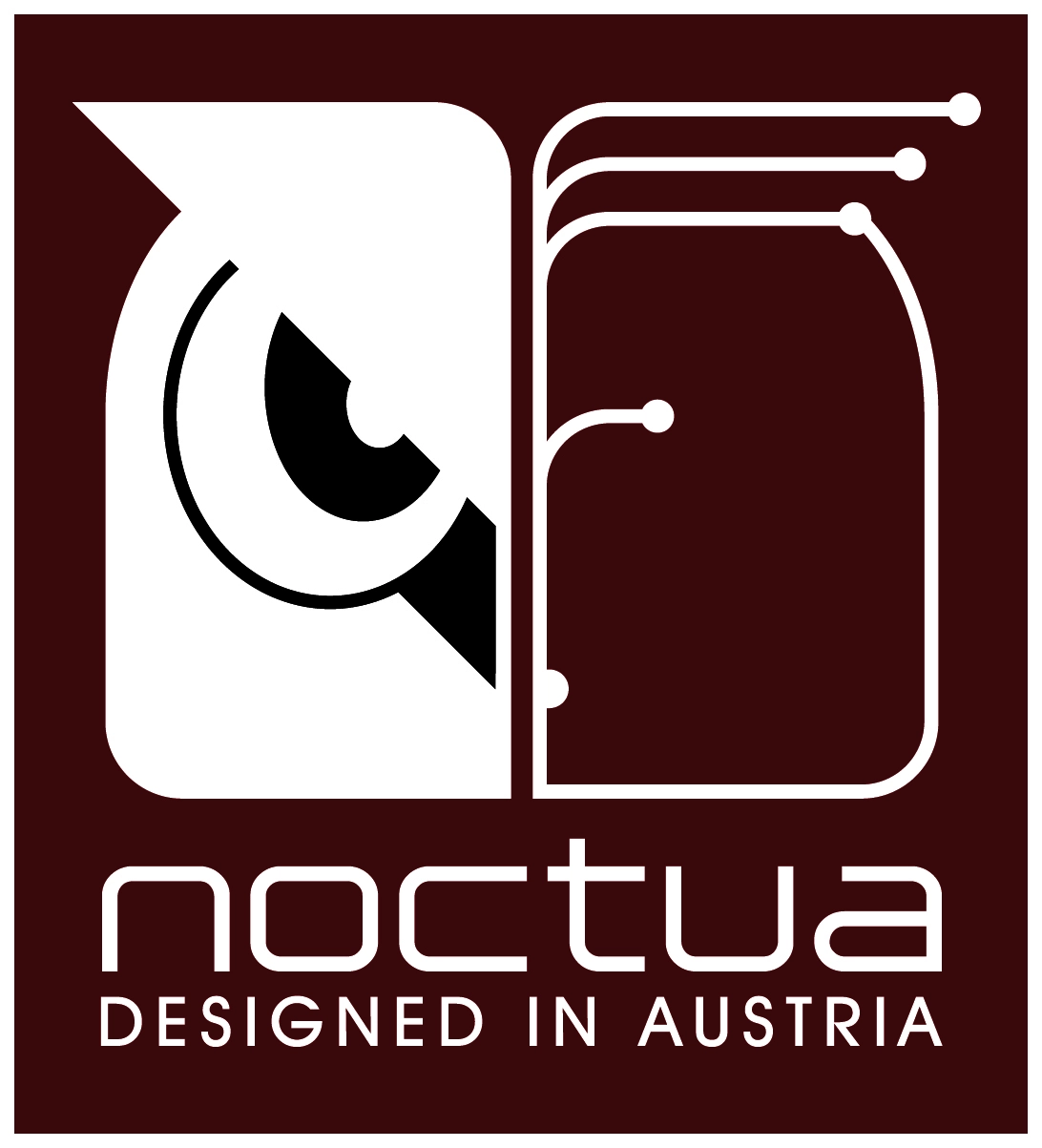RX30 IMFEX
Experiment Details
Mission Objective
Prove the conceptual feasibility of designing and launching an experiment, capable of spinning glass fibre in zero-G environment, that survives rocket launch stresses and is small enough to be carried to the ISS.
Technical Information
| REXUS module height | 220 mm |
| REXUS module diameter | 330 mm |
| Experiment volume | ~0.02 m³ |
| Payload mass | 8.661 kg |
| Total mass incl. module | 13.361 kg |
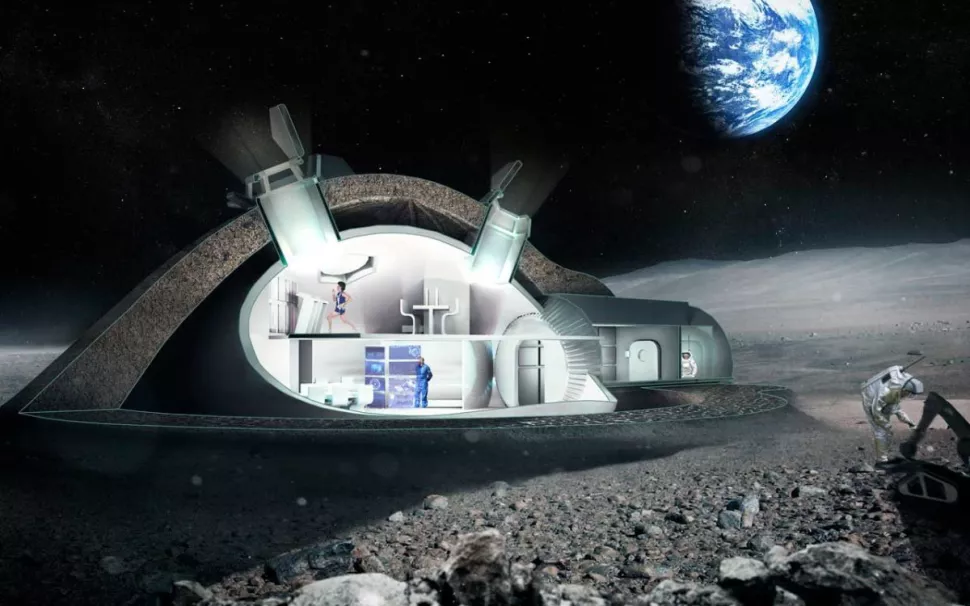 Lunar Habitat [Credit: Foster + Partners / ESA]
Lunar Habitat [Credit: Foster + Partners / ESA]RX30 IMFEX
Experiment Applications
Glass fibre based materials can be used in a wide variety of ways to be used in habitat construction. Applications include:
RX30 IMFEX
Mission Timeline
Scientific Papers
Papers presented at congresses
Sharing is caring. We have successfully submitted and published papers to several entities, including aerospace congresses and local journals.
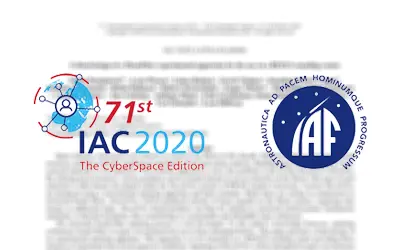
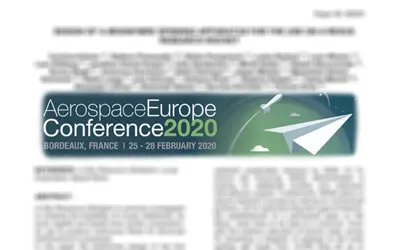
Our Mission Supporters
Agencies & Organizations
As part of the REXUS/BEXUS programme, we received a lot of support, to overcome the obsicales of conducting this experiment. Thanks to all the agencies and coordinating parties of the REXUS/BEXUS programme, for providing us with the expertise and opportunity, to conduct our experiment on their sounding rocket. Whithout them, it would not be possible to achieve all our mission goals in a single experiment.Our Mission Supporters
Sponsors and Coorporations
Without our sponsors, we wouldn't have been able to conduct an experiment of this scale and complexity. Some parts are worth beyond 60.000€ each, others are extremely hard and time-consuming to manufacture. Thanks to all those who suported us with their expertise, connections, mashines and financial support.
